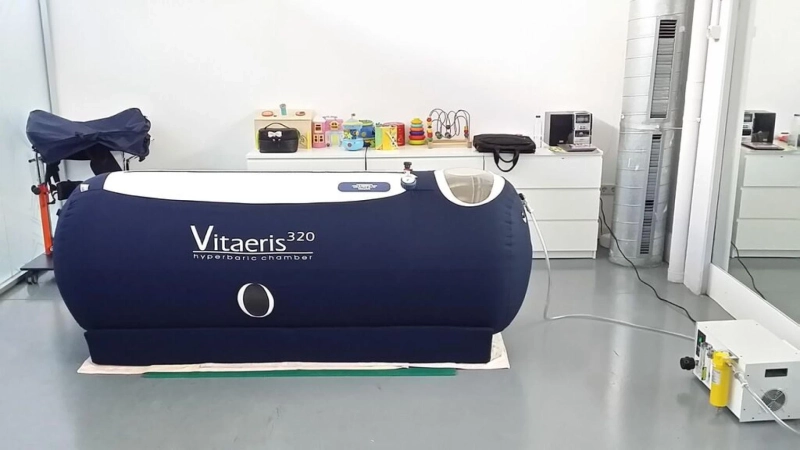On a global scale, more than 400 million people reportedly live with diabetes, among which almost three-fourths live in the middle and the rest in lower-income nations.
According to the projections by the International Diabetes Federation, the number of adult individuals to be affected by Type-2 diabetes by 2045 is said to reach 700 million.
Because diabetes calls for recurring medical expenses, more than 180 million un-diagnosed cases are known to emerge from middle or low-income nations.
Further, the global stats also depict how every thirty seconds, there occurs a loss of the lower limb. Pathological condition arising out of diabetes.
Talking about diabetic foot ulcers, the incidence rate in adult patients is almost two percent, and in non-diagnosed ones, the risk amounts to anywhere between fifty to sixty percent over a time frame of three years from the onset of diabetes.
To make matters worse, almost thirty to fifty percent of patients with diabetic foot ulcers run a higher risk of amputation in just under five years. Now, for the most part, diabetic foot ulcers are generally known to cause infections with poly microbial agents. Accompanied by weakened immunity and rather high resistance to routine treatments, thereby rendering them ineffective.
This is where Hyperbaric Oxygen Therapy as an adjunct treatment cuts in. With chronic wounds, tissues are known to turn hypoxic, and oxygen plays a key role in accelerating the healing process. Multiple studies concerning this have proven the efficacy of HBOT therapy in treating diabetic foot ulcers.
Between 2015 to 2020, some notable studies have made a considerable approach using HBOT therapy in treating diabetic foot ulcer conditions.
This post takes into account all such meta-analyses to discuss the role of HBOT for diabetic foot ulcers. Whether it can become a mainstream treatment option in the coming years.
The Major Findings
While tracing the role of HBOT therapy to treat diabetic ulcers, a total of eleven studies were primarily identified. As such, twelve to fourteen months were recorded for healing diabetic ulcers. The number of diabetic ulcers that were completely healed was around 150 out of a total of more than 300.
For over seven trials, major amputations were reported comprising more than 230 patients in the study group. Further, four such trials showed ulcers right above the ankle joint. Two other trials below the knees with major amputation.
Also, the pooled effect size in comparison to the fixed-effect model depicted diabetic foot ulcers in patients to be treated wholly with HBOT therapy and present before a lower rate of amputation than that of the control group.
Reduction of the area of the ulcer was another key consideration where HBOT therapy was administered to more than 150 patients. Four trials where HBOT showed a significant reduction in ulcer area. Were not chosen to be a part of the meta-analysis as they were not complete studies.
HBOT Therapy Alone Isn\'t Important As Much As The Number Of Sessions
The researchers also took turns to highlight that HBOT therapy alone as an adjunct treatment might not have been able to bring a positive outcome for diabetic foot ulcers.
Instead, what contributed to the efficacy were the total number of sessions and the duration of each session. Which drastically reduced the amputation rate.
Three other studies reportedly showed fewer incidences of amputation, where no less than forty sessions of HBOT therapy were required.
Conclusively, the meta-analysis did prove HBOT is capable of boosting faster healing in the case of diabetic foot ulcers. Even lowering the rate of amputation. Notably, the other associated factors like mortality rate, size of ulcers, and rate of amputation didn\'t seem to alter the results.
Wrap Up
HBOT therapy has already been in use for a multitude of conditions. Treating diabetic foot ulcers is also approved by the FDA. This has issued the nod for twelve other conditions. That include the likes of carbon monoxide poisoning, traumatic brain injury, and gangrene.
No matter how strongly the meta-analyses establish the efficiency of HBOT therapy as an alternate form of treatment, there still seems to be a need for multi-centric trials. The ones that would comprise even larger groups. Deploy a robust methodology to fully examine and observe not only the possibilities but also the shortcomings.
HBOT therapy is seemingly the only treatment that harnesses the power of pure, unadulterated oxygen. And when administered under strict medical supervision, it has worked wonders for many. Take Autism for instance, where so-called traditional treatments failed to do the trick, HBOT, in many cases, has helped improve the symptoms drastically. HBOT has also been introduced on the scene to treat severe COVID cases. In times when ventilators were the last resort.
The only catch here could be the availability of HBOT therapy, as its use is limited to specialized clinics only. What makes it even more challenging is for patients who are disabled. Thus, the movement could always worsen the scenario. In such cases, a portable HBOT chamber could be the only option.



